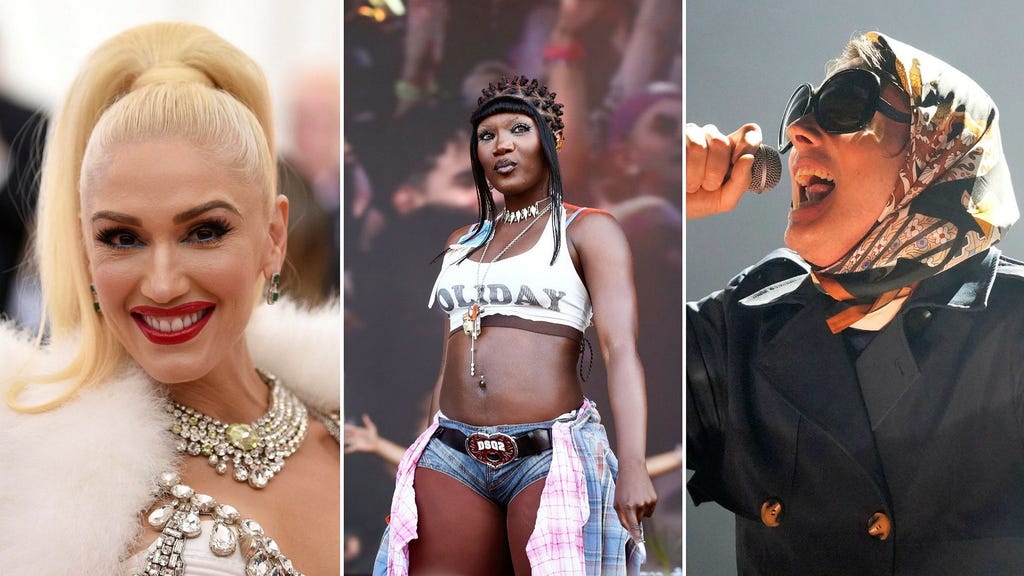Predicting the future of music in 2025 is an exercise in acknowledging the accelerating pace of cultural shifts and the fragmentation of trends. Rather than a singular, dominant sound, we can anticipate a diverse and often contradictory musical landscape fueled by shorter trend cycles and individualized consumption patterns. While certain overarching trends might emerge, the concept of a universally shared musical experience, like that witnessed in the past, seems increasingly unlikely. This fragmentation is exemplified by the author’s observation of Taylor Swift’s perceived global dominance existing alongside personal and localized indifference to her music. The implication is that individual ”bubbles” of musical taste will continue to proliferate, making broad predictions difficult.
The influence of the recent “brat summer” trend, characterized by a resurgence of 2000s aesthetics and sounds, is expected to continue its ripple effect into 2025. This nostalgia wave, driven in part by a desire for comfort and familiarity in uncertain times, extends beyond the immediate past, encompassing revivals of older genres and artists like rock band reunions and remakes of classic material. Furthermore, the current revisiting of the Eurodisco era raises the question of whether other genres considered passé might experience unexpected revivals. Will EDM, for instance, regain popularity as the current nostalgia cycle shifts forward? The author suggests that the 2000s, with their blend of accessible technology and pre-smartphone social dynamics, offer a potent source of inspiration and comfort, making a resurgence of that era’s music and technology all the more likely.
The early 2000s, a period marked by pre-smartphone technology yet advanced enough to feel contemporary, holds particular appeal for nostalgic listeners. Beyond mere aesthetics, the resurgence of devices like the iPod represents a desire to curb smartphone dependence. This trend aligns with broader societal anxieties surrounding technology’s pervasive influence on our lives, as exemplified by the increasing popularity of social psychologist Jonathan Haidt and his work on the negative impacts of excessive screen time. The iPod, in this context, becomes more than a music player; it symbolizes a conscious disengagement from the constant connectivity of smartphones, offering a pathway to a simpler, more focused listening experience. This desire for a detox from digital overload underscores a potential shift in music consumption habits, favoring curated and intentional listening over algorithmic feeds.
Paradoxically, while a desire for disconnection fuels the iPod revival, technology will continue to play an increasingly crucial role in shaping the musical landscape of 2025. Platforms like TikTok will continue to exert significant influence on music discovery and consumption, driving viral trends and impacting artists’ careers. Artificial intelligence (AI) is also poised to become an increasingly integral part of the music creation process, albeit often behind the scenes. Its role might be less about fully autonomous composition and more about subtle enhancements, such as generating melodies and harmonies, as seen in contemporary pop music. This integration of AI signals a potential shift towards a more technologically mediated approach to songwriting and production.
While technological influences are undeniable, predicting the lyrical and thematic content of future music remains uncertain. The author questions whether the politically charged music that emerged during Donald Trump’s presidency will persist or if artists and audiences, desensitized by ongoing global events, will shift their focus. This raises a broader question about the role of music in reflecting and shaping sociopolitical discourse. Will music continue to serve as a platform for protest and commentary, or will other art forms take on that mantle? The author highlights emerging artists like Doechii, Ceechynaa, and Pozer as potential indicators of future musical directions, offering a glimpse into the evolving sounds and themes of hip-hop and other genres.
In concluding, the author acknowledges the inherent difficulty of predicting the future of music with any certainty. The landscape of 2025 is likely to be a complex and multifaceted one, shaped by competing forces of nostalgia, technological advancement, and evolving societal trends. While specific predictions remain elusive, the author’s exploration reveals several key themes likely to dominate the musical landscape: the fragmentation of trends, the resurgence of 2000s nostalgia, the paradoxical interplay of technology and disconnection, and the enduring influence of sociopolitical events on artistic expression. The question remains open as to which artists and genres will ultimately capture the zeitgeist, but the evolving dynamics highlighted in this analysis offer valuable insights into the potential shape of music to come.














